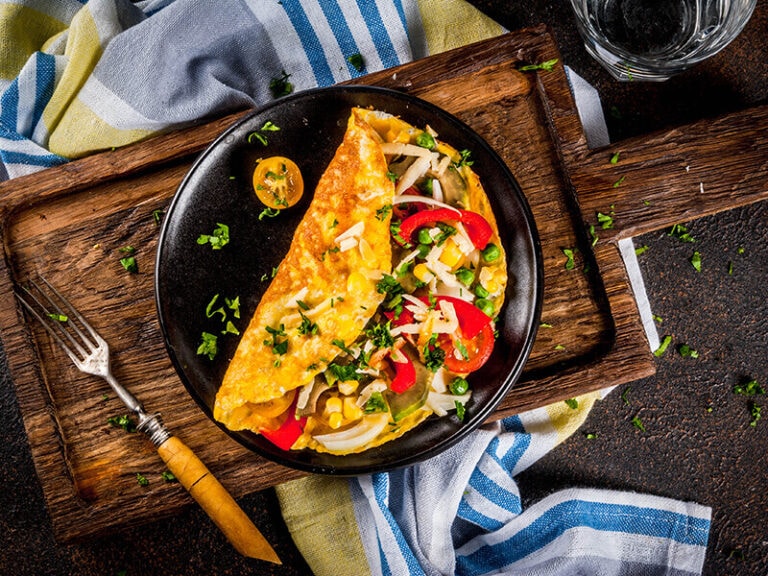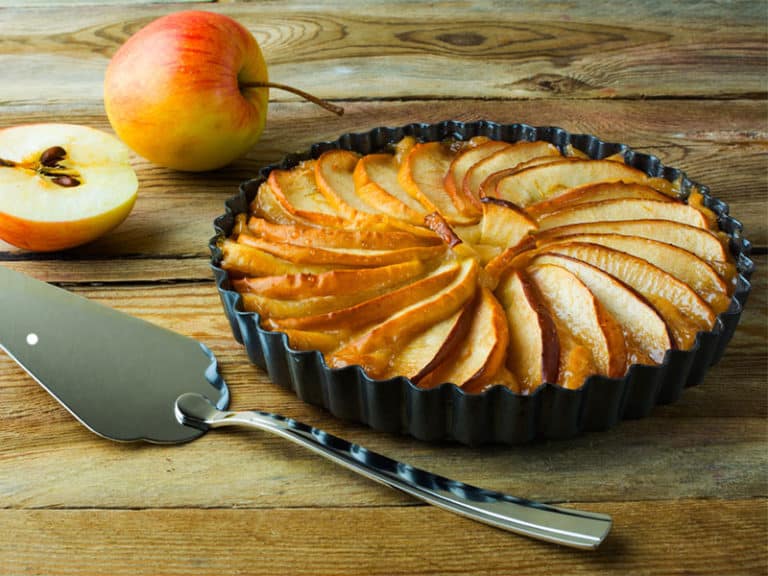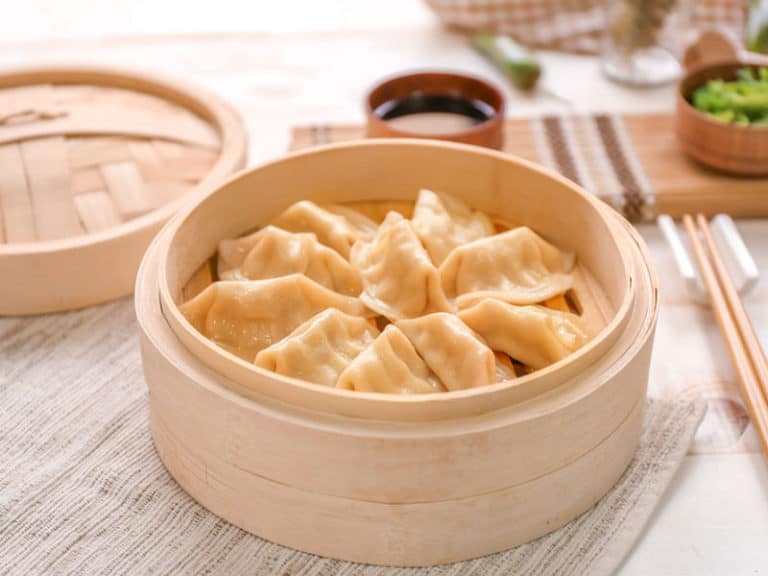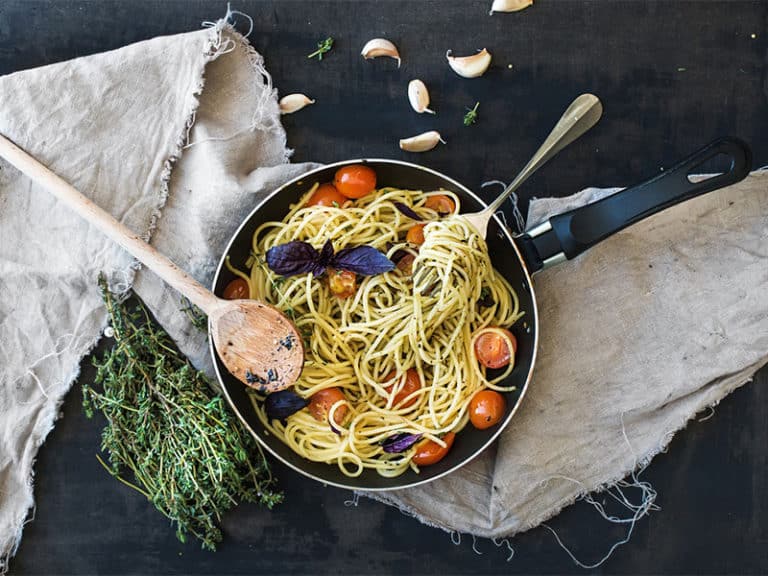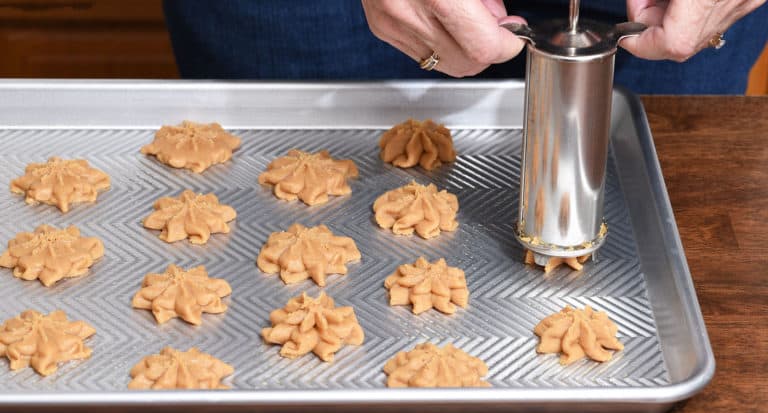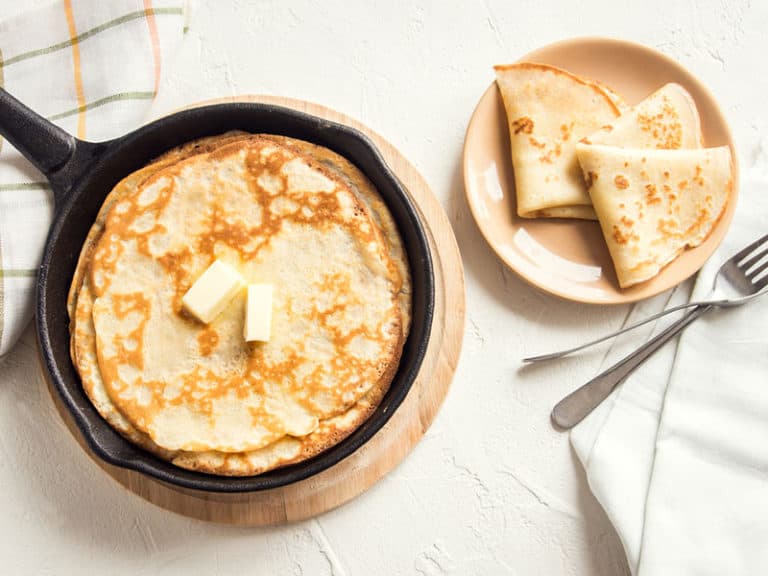The importance of saucepan sizes is often overskipped or taken lightly. When buying saucepans, most people prioritize factors like product brands, materials, and prices over cookware dimensions. For many, choosing sizes should be easy as a pie.
But the truth is the opposite: selecting suitable saucepans does take time and thoughtful consideration. Each has strengths and flaws and only works well in specific recipes and cooking methods. Keep reading to find out the best saucepan dimensions for your kitchen.
Why Saucepan Sizes Matter
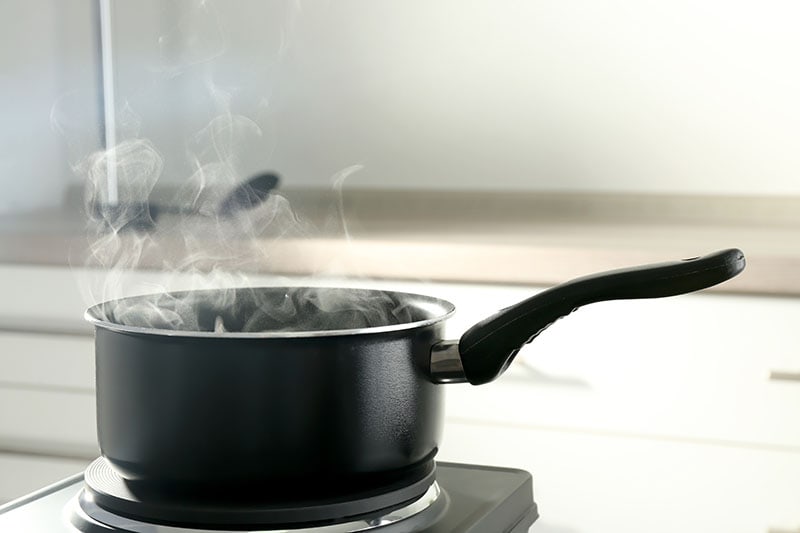
Regarding saucepan sizes, the capability of handling food volumes may come to many people’s minds. You can indeed cook more portions of dishes with a bigger saucepan than with a smaller one.
However, cookware dimensions also impact cooking performance, food quality, and other aspects. For example, if you need to cook liquid foods quickly, using a large saucepan is likely to produce the opposite outcome. You may end up costing more time than expected.
Similarly, cooking stocks or stews in a small saucepan would be overcrowded. Additionally, it doesn’t retain heat well, which impacts the taste of those dishes. That’s why choosing suitable saucepan capacities is so vital. In the next chapter, you will learn how to do it accurately.
Different Criteria To Choose The Right Saucepan Sizes
There are various factors to choosing the saucepan sizes that work for you. However, below are some of the primary criteria you should consider.
Serving Portions
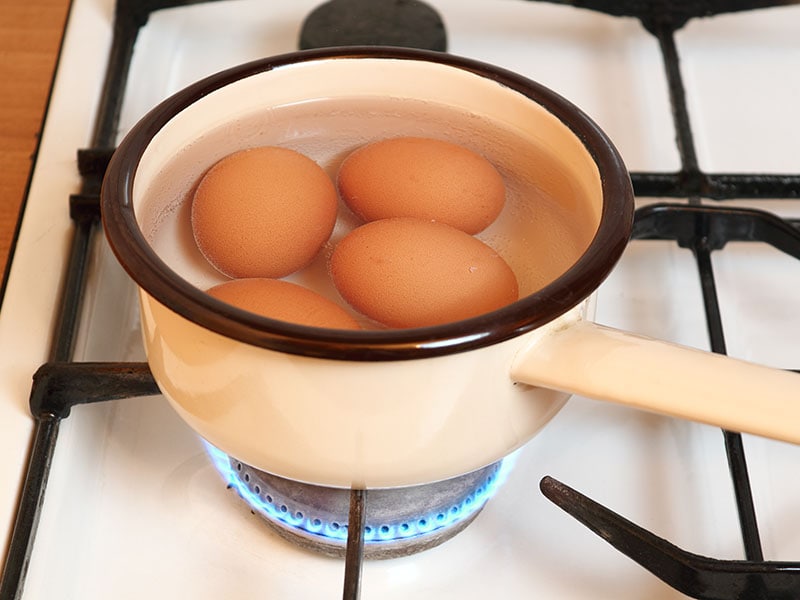
The purest function of saucepans is to fulfill people’s need for food. That’s why calculating your typical food portions should be the first thing on your checklist. A smaller saucepan should be enough for your cooking if you live alone or with another member.
Meanwhile, a larger saucepan will offer comfort in cooking for 4 people. Instead of cooking multiple times with a smaller saucepan, a larger one enables you to prepare those serving at once. As a result, it can save you a decent amount of time and energy bills.
Owning an extra large saucepan is a no-brainer for even more servings or a party. The ability of batch cooking allows you to serve larger portions quickly and simultaneously. The extra larger dimensions also benefit cooking at schools, restaurants, and catering companies.
Types Of Foods
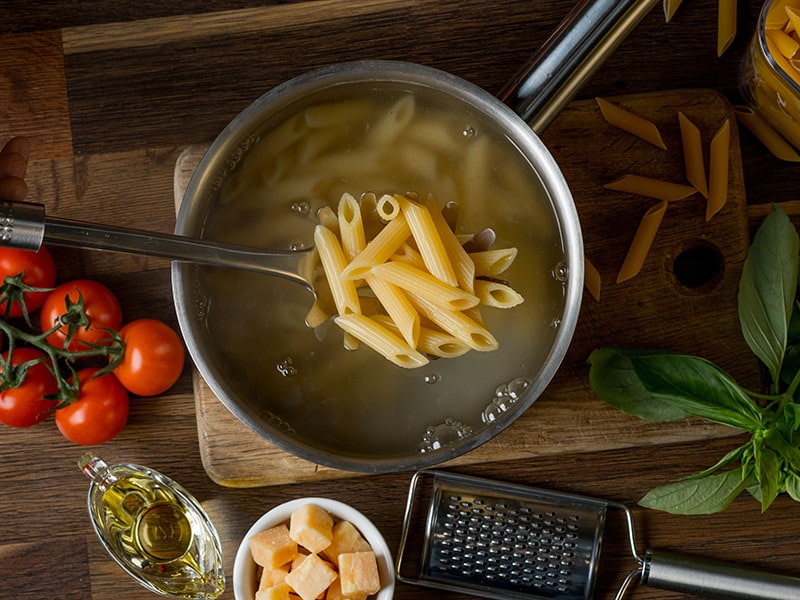
The dishes you would like to cook also play a significant role in selecting saucepan sizes. Each recipe comes with various cooking techniques, compatible with specific saucepan capacities. Choosing the ideal dimensions can benefit your dishes in several ways.
For example, if you want to boil a few eggs or make sauces, you can get a small saucepan. Due to its small dimension, it can heat your foods much faster than larger ones. Meanwhile, a medium saucepan is more suitable for cooking pasta, rice, vegetables, and mashed potatoes.
Other dishes, like chicken stock, pasta sauce, and stews, will go well with a larger saucepan. This is because these saucepans can provide enough space for large quantities of ingredients and liquids.
Check out this new way to make popcorn with a saucepan.
Heat Conduction And Retention
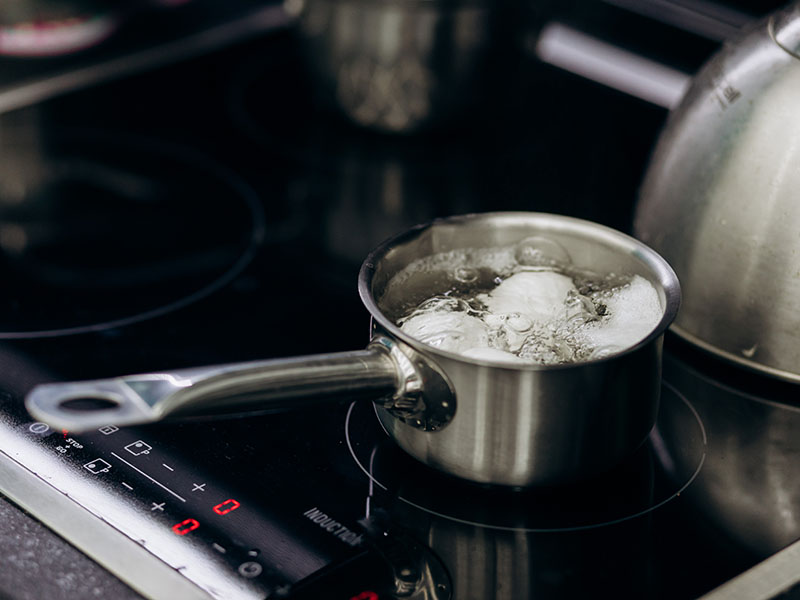
Heat conduction refers to transferring heat from a hotter object to a colder one (1) . Saucepans’ heat conduction varies from size to size. Smaller saucepans heat up more rapidly than larger ones. Therefore, the former will be a better choice if you want to boil your liquid food in no time.
But this excellent heat conduction of smaller saucepans may burn your food or scorch your cookware if you don’t pay enough attention. Larger saucepans, by contrast, don’t come with that potential risk because they heat up more slowly.
Due to their wider surface area, larger saucepans retain heat better than their smaller cousins. This makes the former perfect for slow simmering and saves more cooking fuel. Smaller saucepans, on the other hand, cool down the heat much faster instead of retaining it.
Movability
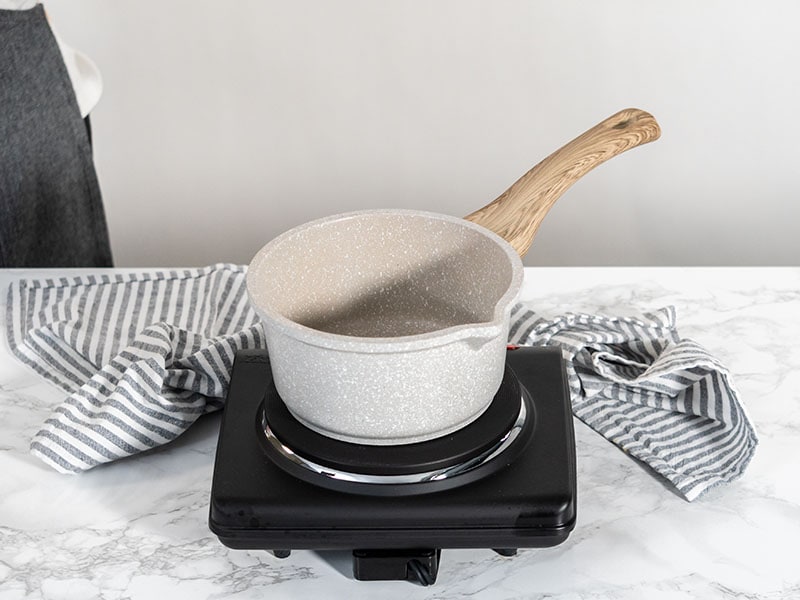
Indeed, larger dimensions are heavier than smaller ones. Aside from the little muscle strength needed, a heavier saucepan seems no real trouble at first glance, especially during stewing or simmering. In those cases, you don’t need to handle your cookware regularly.
However, some recipes and cooking techniques require you to move your food on and off heat constantly. In these cases, you may notice some difficulties caused by a larger saucepan’s heaviness. A smaller saucepan can help make the process much easier.
Stovetop Size
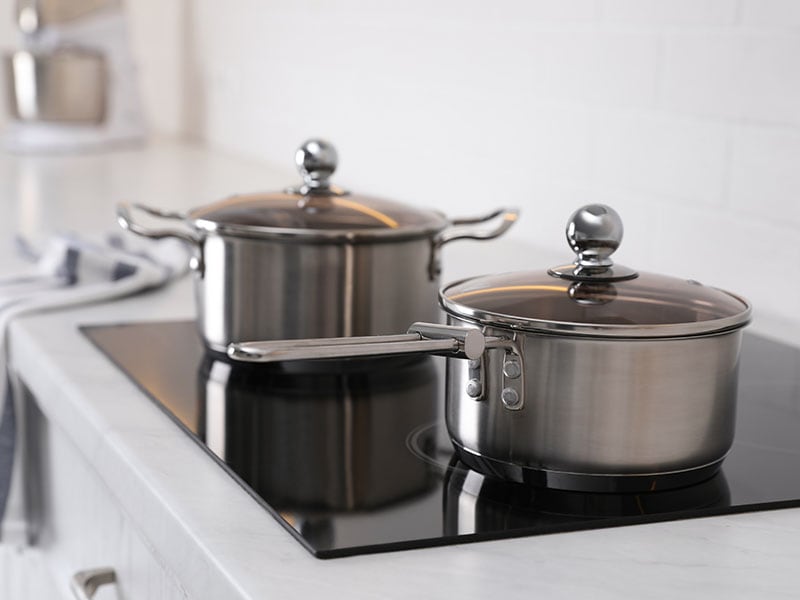
The cooktop size is also an important criterion you should consider. Usually, most stoves can handle four 4-quart saucepans, whereas other smaller cooktops may hold up fewer ones. At first glance, there is not much to worry about regarding a stovetop and saucepan.
But your cooktop’s space can be crowded and cluttered when you use a large saucepan with other large cookware, like pots and pans. In some cases, it may impact the total number of cookware you can place on your cooktop.
As a result, it may cause some trouble if you use various cooking items simultaneously for multiple dishe. When buying cookware sets, you can look for those in the same size. This approach ensures you have the necessary items and enough cooking space.
Storage Space
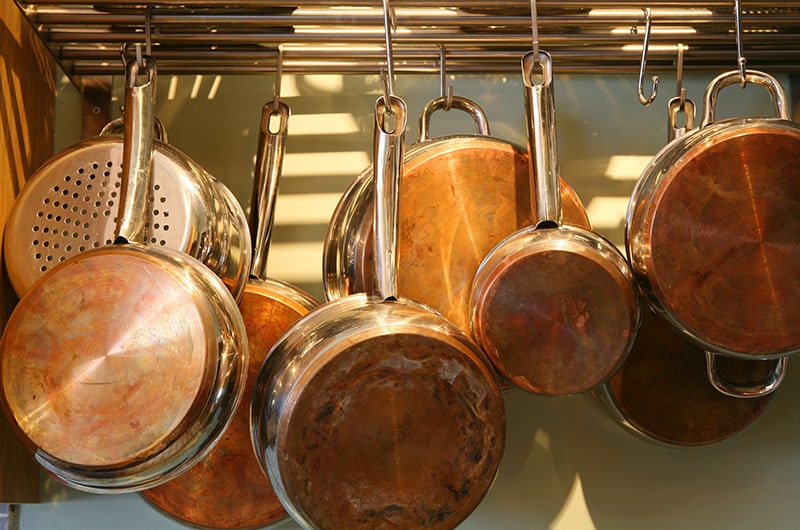
Due to their long single handles, keeping saucepans in your cupboard or cabinet with other kitchenware can be somewhat tricky. This is even more true for larger saucepans with longer handles. Organizing them can be a little nightmare if your kitchen isn’t so.
Therefore, make sure to measure your cupboard and cabinet meticulously before buying any saucepan so it’ll fit well in your storage space. Smaller saucepans are a safer option, but they also handle less food.
Organize your saucepans and other cookware better with these tips.
Common Saucepan Sizes You Can Buy
This section will take you through all the common sizes and how to utilize them in cooking. For a summary, look at the table below. Remember that saucepans’ dimensions may vary more or less from brand to brand.
1-1.5 Quarts
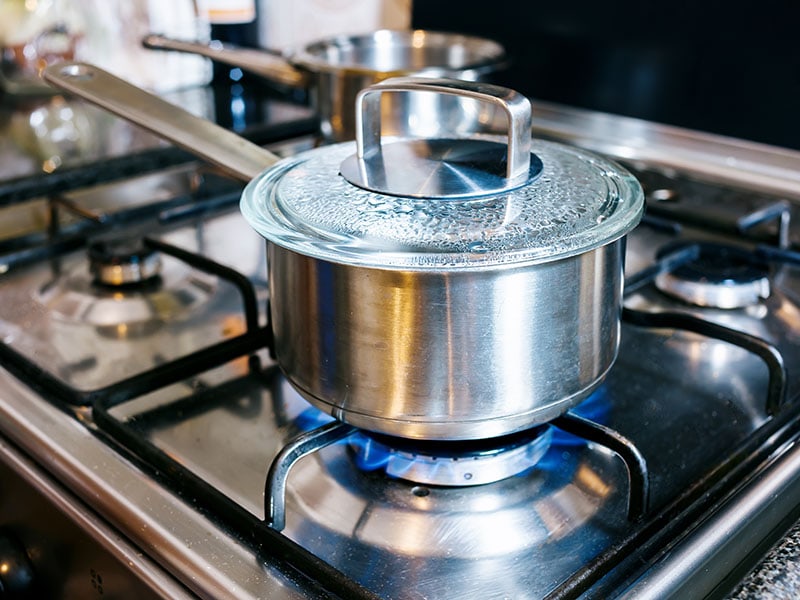
The smallest capacity you can buy is a 1- or 1.5-quart saucepan. This cookware often reaches 6 inches (15cm) in diameter and 3.5 inches (9cm) in height. Among the group, it’s the most suitable for serving a person.
The small size allows this saucepan to heat liquids or food much faster than other options. This makes it a time saver in boiling a few eggs or making custards. You can also cook well with this saucepan for single-serve portions of dishes, like sauces, soups, or pasta.
A 1- or 1.5-quart saucepan is significantly lighter than other saucepan capacities. As a result, it’s easier and more convenient for you to handle your cookware during cooking. Cleaning this saucepan isn’t daunting, thanks to its small size.
2-2.5 Quarts
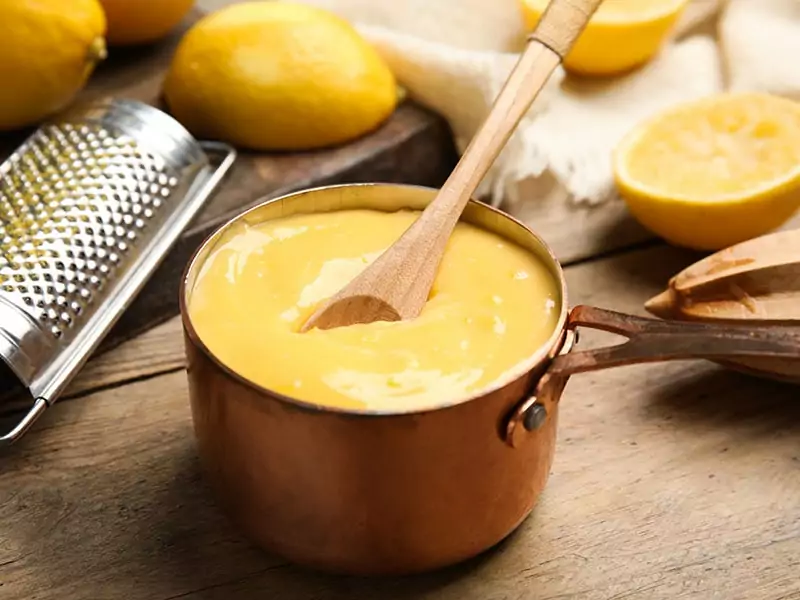
A 2- or 2.5-quart saucepan will be a better choice for one or two people. This saucepan tends to have a 6-inch (15cm) diameter and a 4.25-inch (11cm) height. It can cook various meals while not taking up lots of storage space.
Like its smaller cousin, a 2- or 2.5-quart saucepan is also an excellent choice for making sauces, soups, or pasta but on a small scale. If you are planning to handle small batches of vegetables or grains, this saucepan size will also satisfy your needs.
On top of that, a medium saucepan also offers more room for ingredients during cooking. As a result, certain dishes, like pasta, can spread out easily, preventing them from sticking and boiling over.
Learn how to cook perfect Asian-style rice with a small saucepan with this instruction.
3-3.5 Quarts
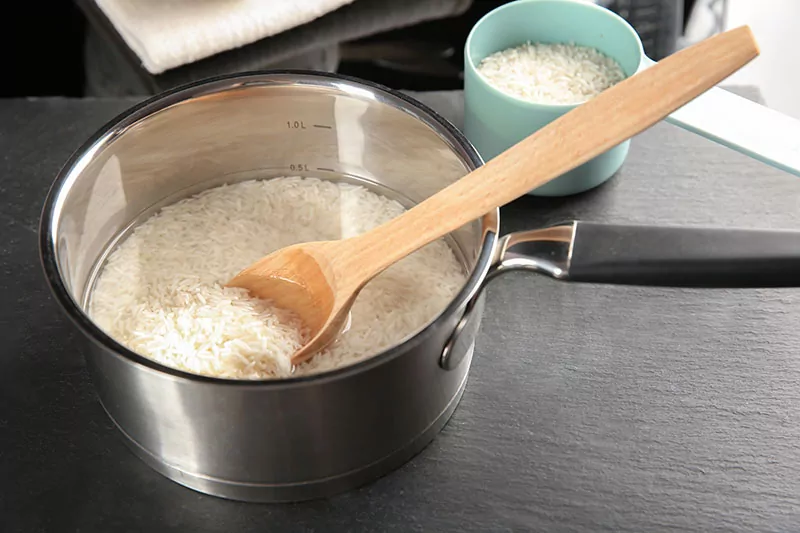
A 3- or 3.5-quart saucepan is the most versatile among other options. It typically comes with a diameter of 8 inches (20cm) and a height of 4 inches (10cm). This makes it ideal for serving a small family with 2-3 people, but also not too difficult to store in the kitchen.
Beating smaller saucepans in capacity, a 3- or 3.5-quart saucepan allows you to cook food, like pasta and rice, on larger scales more comfortably. This saucepan can also prepare other portions of grains, oatmeal, or chili very well.
Besides, the deep sides of this cookware are ideal for various cooking techniques, including steaming, reduction, boiling, and simmering. The capability of cooking in multiple batches and handling day-to-day cooking is why this medium saucepan is often recommended.
4-4.5 Quarts
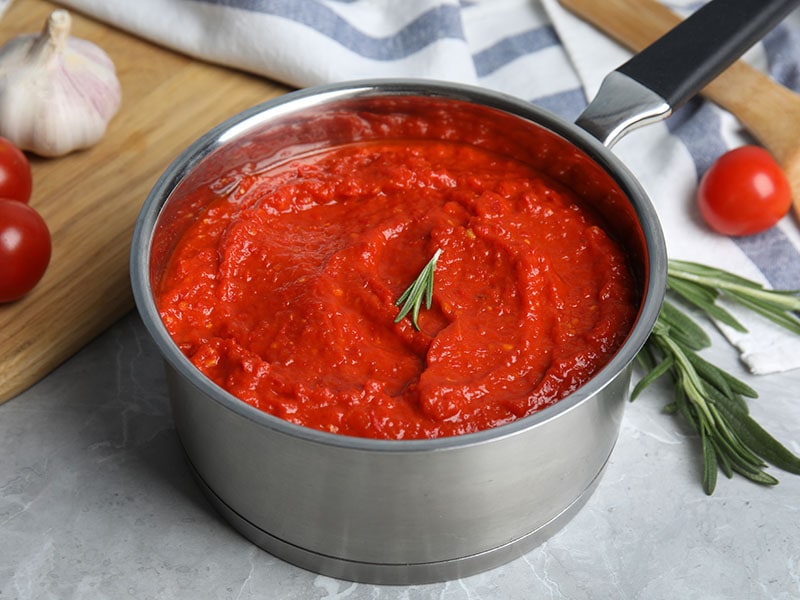
If you need more than 3-3.5 quarts for your cooking needs, 4-4.5 quarts may be what you are looking for. This saucepan is 8 inches (20cm) in diameter and 5 inches (13cm) in height. For bigger families of 3-4 people, a large saucepan like this is a perfect choice.
Its huge dimension allows you to prepare larger quantities of soups, pasta sauces, stocks, and stews. It also excels in batch cooking for several days or the entire week. This cooking method not only saves you time but also protects food quality and reduces waste and costs (2).
However, a medium saucepan still has some limitations. It heats up more slowly and takes up more storage space than smaller capacities. The potential heaviness of this cookware can be a little difficult to carry and handle as well.
Less Common Saucepan Sizes
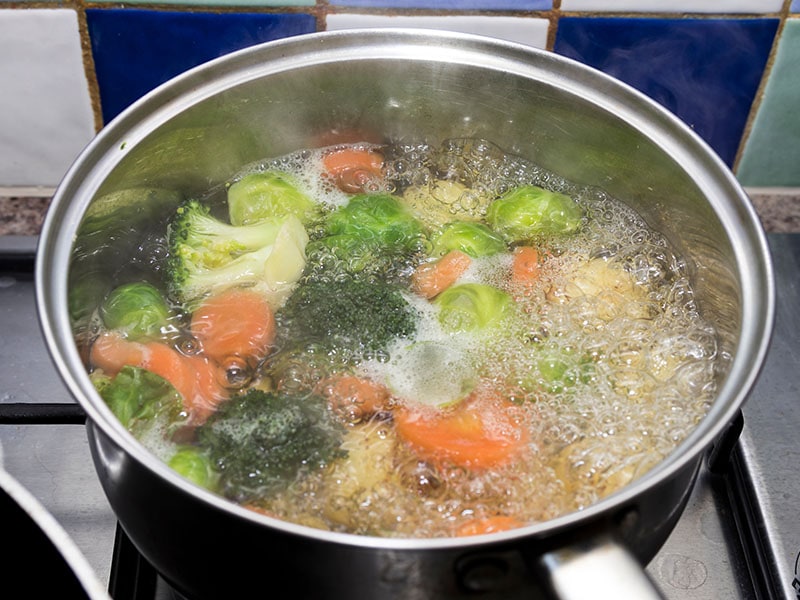
Aside from the common sizes mentioned, there are also saucepans that reach 5-7 quarts in restaurants, pizza restaurants, and catering companies. Their capacity makes them suitable for cooking significantly large amounts of food or in batches, like specialty soups or chicken stock.
Meanwhile, cafeterias, schools, and hospitals often need saucepans that are 7 quarts or over. These extra-large saucepans allow cooks to prepare more dishes for plenty of people. They are also perfect for making pasta sauces to use in other foods.
For the same cooking purposes, stockpots are also used at numerous restaurants. However, large saucepans are more versatile and convenient when carrying and handling large volumes of food. These profiles help them earn a stable place in professional cooking.
Which Saucepan Sizes Do You Need?
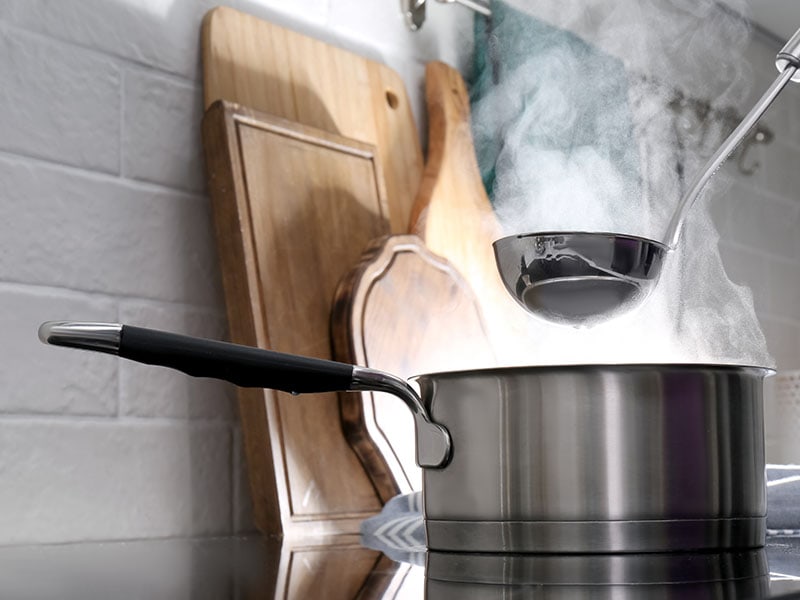
Each saucepan dimension has its strengths and flaws. Understanding these properties and considering your cooking needs is vital to choose the proper capacities.
A 1- or 1.5-quart saucepan is a no-brainer if you live alone or need handy cookware that can heat up fast. Meanwhile, cooking for 2 people with a 2- or 2.5-quart saucepan is more convenient and serves more food portions.
For a family of 3 people, a 3- or 3.5-quart saucepan is a go-to cookware due to its capability to handle food on large scales. But if you cook for 4 people or in bulk, you can’t go wrong with a 4- or 4.5-quart saucepan. It also works best for dishes like stocks and stews.
FAQs
To help you gain a more profound knowledge of saucepans and their sizes, these are some relevant questions you should take a look at. Let’s give them some minutes of reading.
Boost Cooking Performance With The Right Saucepan Sizes
Let me guess. Your thoughts about saucepan dimensions have completely changed, haven’t they? Sizes are also as important as brands, materials, and prices. Choosing the ideal capacities makes cooking much easier, more enjoyable, and more effective.
Feel free to leave some comments below to share about your magical saucepan capacities or the ones you intend to purchase. If you had an enjoyable time with the article, share it with your friends too!
References
- Thermal conduction (2022) Wikipedia. Wikimedia Foundation.
- School Nutrition Programs (no date) Oregon Department of Education : School Nutrition Programs : School Nutrition Programs : State of Oregon.

